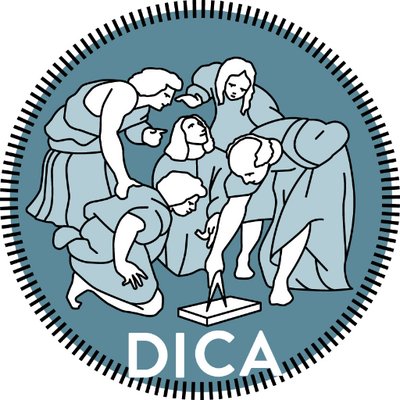Studying the effect of Fe addition to sediments on the sedimentary geochemical processes


Milad’s main focus as ESR4 will be on investigating the effect of sorbents on major sedimentary geochemical element fluxes, via developing geo-hydro-chemical models across several scales: he will be able to determine the dynamics of major geochemical cycles and solute fluxes through exploring the pore-water composition, solid phase speciation and reaction rates.
Simulating geochemical cycles using an early diagenetic modelling approach, as well as the effect of geochemical cycles on the mobilization of barrier-aiding adsorbed contaminant, exploiting predictive models for complex flow and reactive transport will be implemented, where 1) quantitative evaluation and analysis of geochemical and hydrological data at the field scale under uncertainty, 2) applicability of stochastic modeling and CFD simulation in river and lake remediation strategy design, and 3) developing optimized hybrid physics informed data driven algorithms for environmental process modeling, will be an essential skill set. Such skills and expertise are already either achieved or will be gained via academic/industrial secondments within European Industrial Doctorate professional development program.
The research activities expected at academic and industrial hosts – PoliMi and TAUW – will be accompanied by the internships at industrial partners from Italy and Spain, where Milad is expected to investigate 1. Pharmaceutical contaminant speciation in water and sediment; 2. Applications of granular Fe-containing sorbents in environmental technologies.
ESR4 Project title:
Studying the effect of Fe addition to sediments on the sedimentary geochemical processes
Milad Panahi, MSc
Hosted at:
Politecnico di Milano, Department of Civil and Environmental Engineering, MiPore research group
Academic supervisor:
Prof. Giovanni Porta
Industrial supervisor:
Dr. Patrick Jacobs
Useful links:
MiPore Research Group
